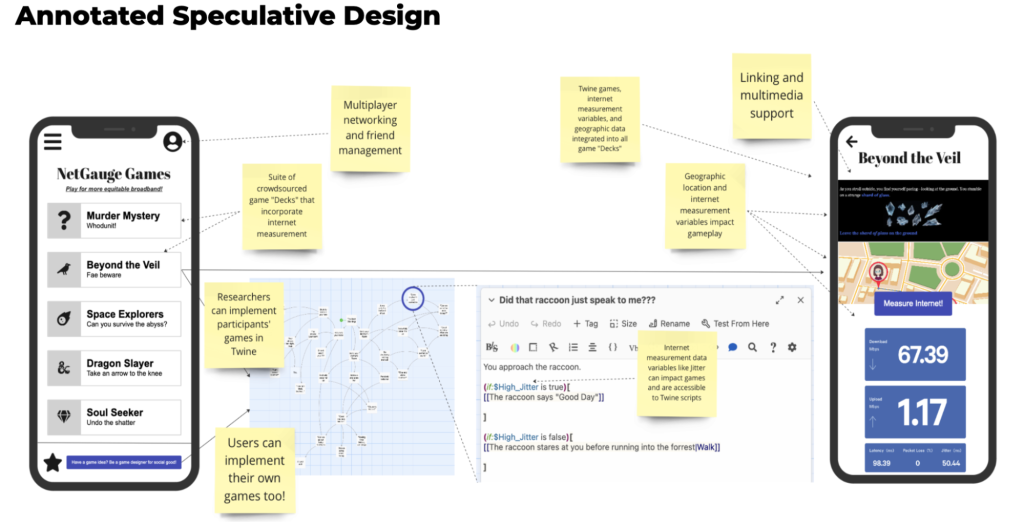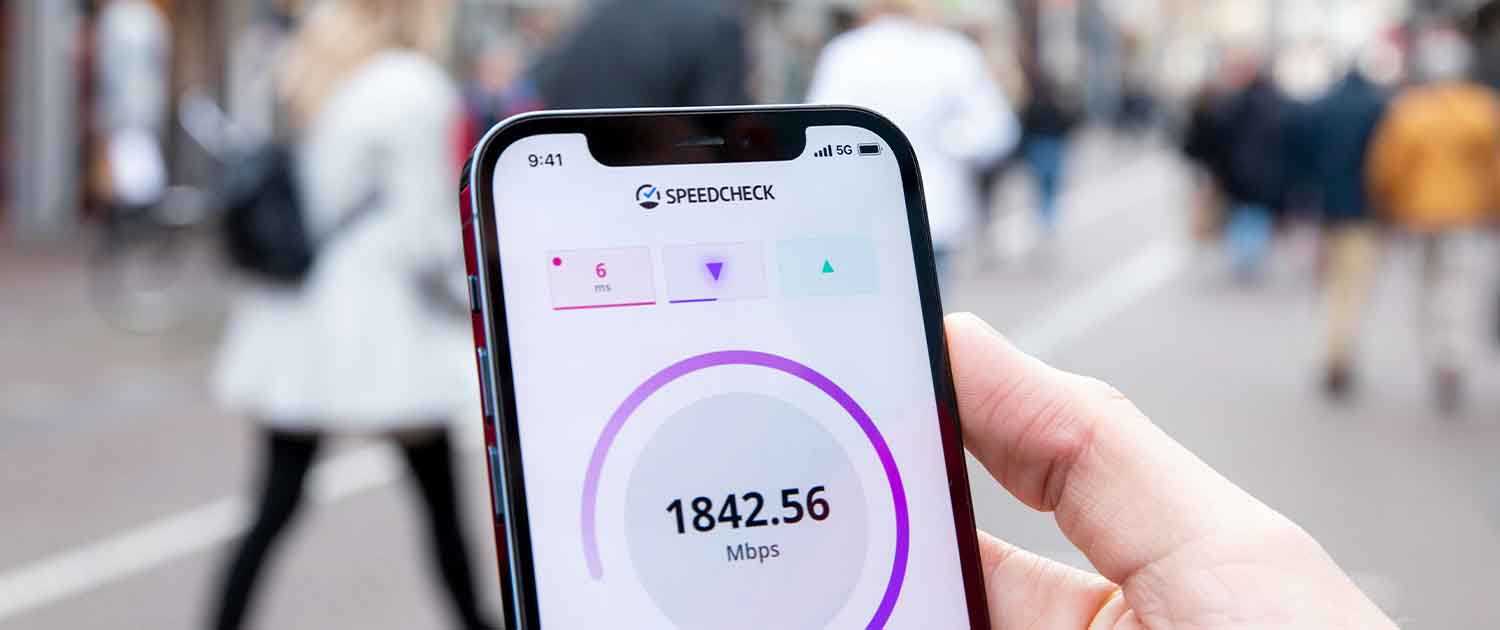- Mobile broadband measurement tools have emerged as a valuable way to crowdsource data about mobile broadband performance and coverage.
- Perceived lack of time, skills, and interest were the top three ranked barriers preventing people from participating in crowdsourced Internet measurement.
- Crowdsourced Intrenet measurement tools need to align with users’ needs and perceptions, ensuring that data collection efforts are both practical and inclusive.
In 2024, an increasing number of people in the United States depend on smartphones as their primary way to access the Internet.
Mobile broadband measurement tools have emerged as a valuable way to crowdsource data about mobile broadband performance and coverage. These tools aim to empower citizens by collecting insights on how well their Internet works, providing data that could influence policy decisions and investments in broadband infrastructure.
However, whether crowdsourcing would result in statistically representative data needed to characterize broadband in an area sufficiently is still being determined. Citizens’ motivations, incentives, and perceived barriers to using these platforms significantly shape the success and reliability of crowdsourced data.
In a paper I recently presented at the Telecommunications Policy Research Conference (TPRC52), I explored the design of mobile broadband measurement tools from the perspective of the everyday citizens who might use them. The research aimed to understand how these tools could better align with users’ needs and perceptions, ensuring that data collection efforts are both practical and inclusive.
This post offers a glimpse into the three case studies that informed the research. Each serves as a step toward designing more user-friendly, community-focused broadband measurement platforms for citizens in Flagstaff, Arizona.
Understanding Citizen Engagement with Internet Measurement Tools
One of the primary motivations behind this study was to investigate why people participate (or don’t participate) in crowdsourcing efforts to measure mobile broadband performance. While such tools offer a wealth of data, they rely on citizen participation to be effective.
How do we ensure that people are motivated to use these tools? What barriers stand in their way?
To answer these questions, we used participatory action research (PAR), a methodology designed to involve citizens in developing the tools they will eventually use.
The study occurred between April and June 2023 and focused on Flagstaff, Arizona, a community with significant geographic variation that challenges statistically reliable crowdsourced data collection. The research was built on three case studies designed to unpack different layers of the issue.
Case Study 1: Characterizing Measurement Platforms
Six crowdsourced Internet measurement platforms were analyzed using the Theory of Planned Behavior (TPB). It found that these platforms often lacked a user-centered approach.
Most platforms did not offer personal incentives, tutorials, or training beyond expert-level resources. Social pressures were not leveraged to encourage participation; measurement activities were designed as solo efforts.
Furthermore, the platforms had limited accessibility, with most language, documentation, and policies targeting a highly technical audience. Only three platforms supported languages other than English; only one approached readability for a general audience.

Case Study 2: Flagstaff Resident Survey
A survey of Flagstaff residents identified motivations and barriers to participation in crowdsourced measurement. Despite concerns about Internet quality, residents saw little connection between personal measurements and broader impacts like policy changes.
Technical literacy and doubts about data accuracy were barriers, and Non-White and Hispanic respondents were about two times less likely to participate due to privacy and data ownership concerns. This highlighted the need for platforms to make more explicit connections between data collection and broader impacts and carefully manage data privacy.
Case Study 3: Focus Group with Non-Technical Residents
A focus group in Flagstaff using the FCC Speed Test app revealed that while the tool was user-friendly, it felt disconnected from community participation and did not inspire people to want to engage with measurement.
Participants suggested integrating measurement activities with engaging, location-based games could make data collection more intrinsically motivating.
Designing for the Future: A Participatory Approach
These insights emphasize the need for transparency, trust, usability, and accessibility in future measurement tools. User participation, especially from non-technical demographics, is crucial.
To address these gaps, my research group is now co-designing more engaging, game-based experiences with Flagstaff residents and evaluating their effectiveness in producing statistically viable crowdsourced measurements (see Figure 1). This participatory design approach fosters more inclusive and effective data collection for a connected digital future.

As of writing, the FCC Speed Test App is the only official app that can be used to crowdsource measurements that can be used to challenge and repair the FCC National Broadband Map. This tool is free and available on both iOS and Android platforms. Consider how you might organize a measurement campaign in your community–especially where you suspect the National Broadband Map may overstate mobile broadband coverage.
Morgan Vigil-Hayes is an Associate Professor in the School of Informatics, Computing, and Cyber Systems at Northern Arizona University.
The views expressed by the authors of this blog are their own and do not necessarily reflect the views of the Internet Society.
Photo by Frederik Lipfert on Unsplash


